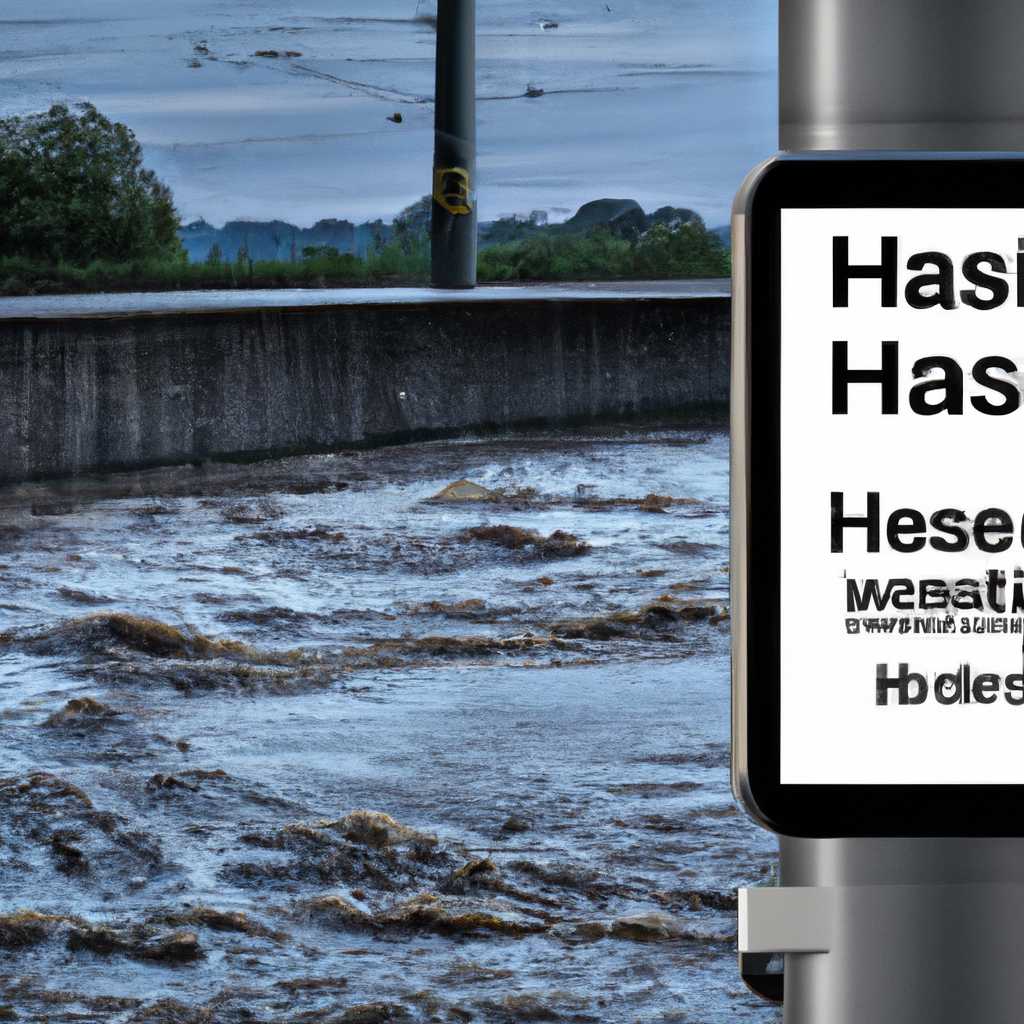
4. hochwasser und notfälle
**Summary:**
Flooding poses significant risks to communities worldwide, often resulting in emergencies that require immediate response and management. Understanding the causes, impacts, and preventive measures is crucial for effective disaster preparedness.
**SEO-Friendly Excerpt:**
Learn about the causes, impacts, and emergency management strategies related to flooding and its implications for communities worldwide.
—
**4. Hochwasser und Notfälle**
Flooding, or Hochwasser, is a natural disaster that can lead to significant emergencies, affecting lives, property, and the environment. As climate change intensifies weather patterns, the frequency and severity of floods have increased, making it essential for communities to understand the dynamics of flooding and the necessary responses to mitigate its effects.
Flooding can occur due to various factors, including heavy rainfall, rapid snowmelt, and storm surges. Urban areas, particularly those with inadequate drainage systems, are particularly vulnerable as they can experience flash floods with little warning. Additionally, riverine flooding can occur when rivers overflow due to prolonged rainfall or blockages caused by debris. Coastal areas face threats from storm surges, where rising sea levels during storms lead to inundation.
The impacts of flooding are multifaceted. On a personal level, individuals may suffer injuries or loss of life, as well as property damage and displacement. Economically, flooding can disrupt local businesses, damage infrastructure, and result in significant costs related to recovery and rebuilding efforts. Environmentally, floods can lead to soil erosion, water contamination, and the destruction of natural habitats, which can have long-lasting effects on ecosystems.
Emergency response to flooding involves several critical steps. Local governments often have emergency management plans that outline how to prepare for and respond to floods. These plans typically include early warning systems, public education campaigns, and the establishment of emergency shelters. Community engagement is vital, as residents are encouraged to stay informed about potential flood risks and to have personal emergency plans in place.
Prevention and mitigation strategies are equally important in addressing the risks of flooding. These can include the construction of levees, floodwalls, and drainage systems designed to manage excess water. Additionally, zoning regulations can be implemented to restrict development in flood-prone areas. Green infrastructure, such as wetlands restoration and the creation of permeable surfaces, can help absorb excess rainwater and reduce runoff.
Despite these measures, floods can still occur with little to no warning, necessitating a well-coordinated emergency response. During a flooding event, emergency services prioritize search and rescue operations, ensuring the safety of individuals in affected areas. Communication is critical; officials must provide timely updates and instructions to the public regarding evacuation procedures and safety measures.
In the aftermath of a flood, recovery efforts can span weeks, months, or even years, depending on the extent of the damage. Local governments often work with federal agencies to secure funding for disaster relief and recovery programs. Community organizations also play a vital role in providing support, offering resources for displaced individuals, and facilitating rebuilding efforts.
Public awareness and education about flooding risks are essential components of disaster preparedness. Schools, local governments, and disaster relief organizations can work together to educate communities about flood risks and encourage proactive measures. This includes promoting the importance of emergency kits, establishing communication plans, and participating in community drills.
In conclusion, flooding remains a significant threat to many regions worldwide, necessitating proactive measures for prevention, effective emergency response, and community resilience. As climate change continues to alter weather patterns, understanding and preparing for floods will be crucial for safeguarding lives and property. By fostering a culture of preparedness and awareness, communities can better navigate the challenges posed by flooding and enhance their overall resilience in the face of natural disasters.
